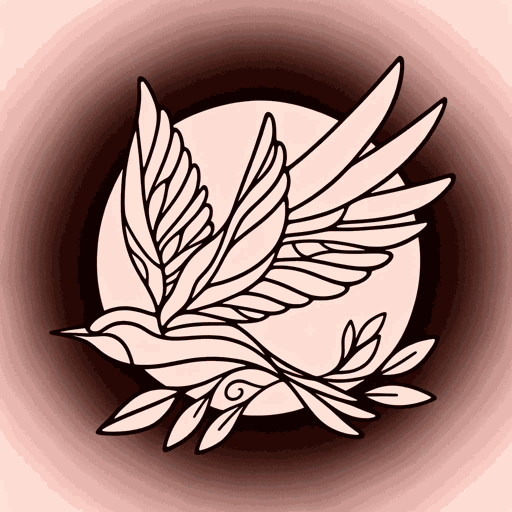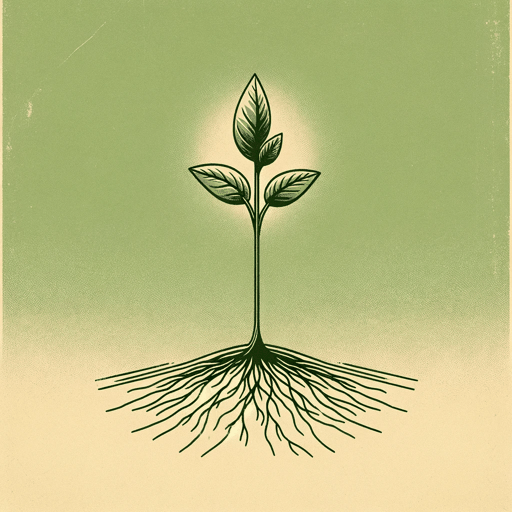20 pages • 40 minutes read
Joy HarjoWhen the World as We Knew It Ended
Fiction | Poem | Adult | Published in 2002A modern alternative to SparkNotes and CliffsNotes, SuperSummary offers high-quality Study Guides with detailed chapter summaries and analysis of major themes, characters, and more.
Further Reading & Resources
Related Poems
“An American Sunrise” Joy Harjo (2017)
This poem is a “golden shovel,” a poem that incorporates a new poem into an older poem. The closing lines come from American poet Gwendolyn Brook’s well-known work “We Real Cool.” Harjo’s speaker navigates the complexities of being an American and also a Native American, of being integrated into a culture that has historically oppressed them.
“This Morning I Pray for My Enemies” Joy Harjo (1951)
In this spoken word piece, Harjo plays the saxophone and flute against the words of her poem. Like so much of her work, the poem interrogates the impulse toward violence and division. With the opening line “And whom do I call my enemy?” she asks the reader to turn the mirror on themselves, to question their beliefs.
“A Poem to Get Rid of Fear” Joy Harjo (2010)
Harjo takes a look at fear and how it works in her life. The speaker personifies fear as a separate entity: “I release you, my beautiful and terrible fear” (Line 1). The poem explores how fear has operated in the speaker’s life and how fear too has been afraid. Unlike “When the World as We Knew It Ended,” this poem is more personal, written in the first person.
Related Titles
By Joy Harjo

An American Sunrise
Joy Harjo

Crazy Brave: A Memoir
Joy Harjo

For Calling the Spirit Back from Wandering the Earth in Its Human Feet
Joy Harjo

Perhaps the World Ends Here
Joy Harjo

Remember
Joy Harjo

She Had Some Horses
Joy Harjo

This Morning I Pray for My Enemies
Joy Harjo

